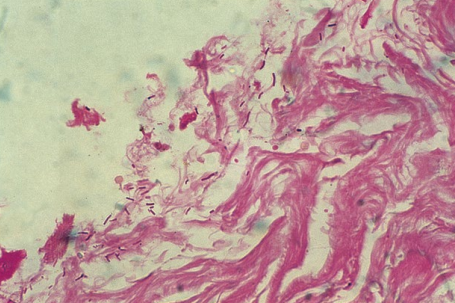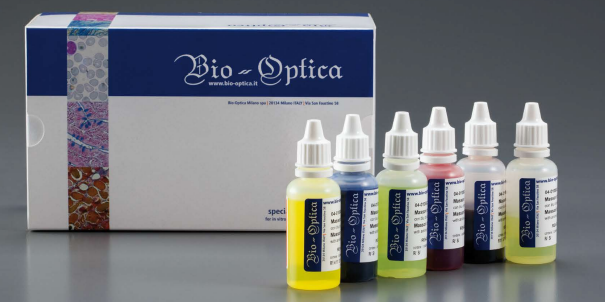1
/
of
2
GRAM 100 test - Special Stains
GRAM 100 test - Special Stains
Regular price
Dhs. 0.00 AED
Regular price
Sale price
Dhs. 0.00 AED
Unit price
/
per
Download Product's Datasheet
Gram staining is the most important method to differentiate bacteria species. Two dyes are used one after the other: crystal violet and fuchsine. Crystal violet solution precipitates through oxidation with a iodine solution. The deriving complex attaches to bacteria cell walls with bonds of varying nature and intensity. The differentiating solution removes the crystal violet-iodine complex from the walls of some bacteria, but it does not act on others. These retain the primary dye and are called Grampositive. Decolorized bacteria are then counterstained with a red dye; they are called Gram-negative. Gram-positive bacteria’s capacity to retain the dye-iodine complex is usually ascribed to the bond which develops between the complex and a molecule only Gram-positive possess, namely magnesium ribonucleate.
Method:
1) Bring section to distilled water.
2) Pour the content of bottle A in a Coplin Jar, introduce the slide and incubate at 56-58°C for 15 minutes; pour back the solution in bottle A filtering through filter paper.
3) Wash in distilled water.
4) Put on the section 10 drops of reagent B: leave to act 3 minutes.
5) Drain the slide without washing and put on the section 10 drops of reagent C: leave to act 3 minutes.
6) Wash in distilled water and dry the slide in filter paper then in the air for 10 minutes.
7) Pour the content of bottle D in a Coplin Jar: shake the slide for 1 minute; pour back the solution in bottle D filtering through filter paper.
8) Repeat step 7 with reagent E.
9) Clear in xylene and mount.
Share
No reviews




